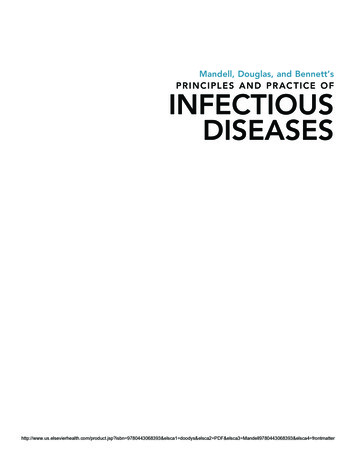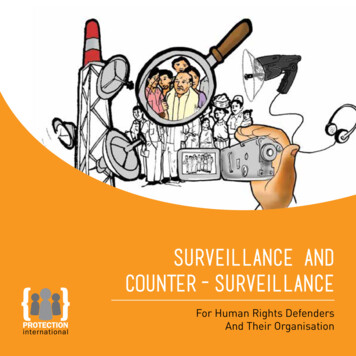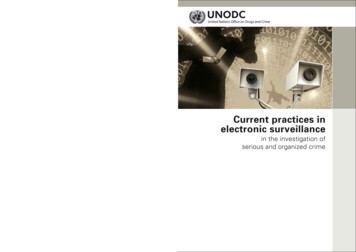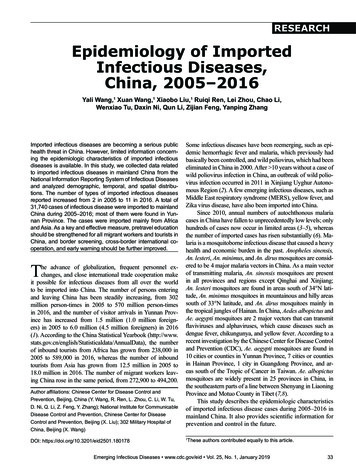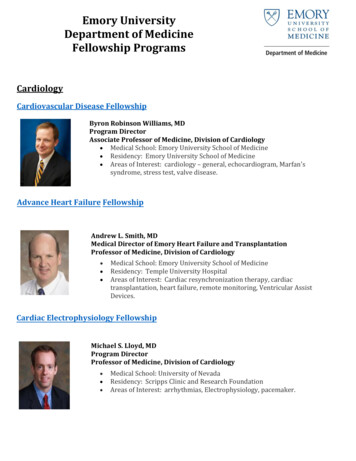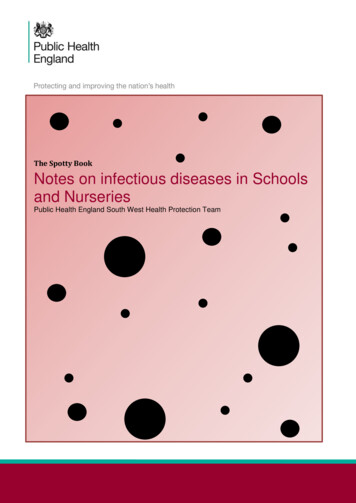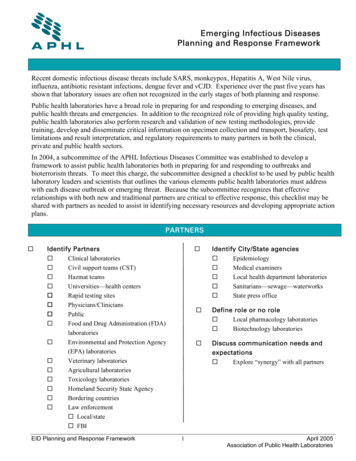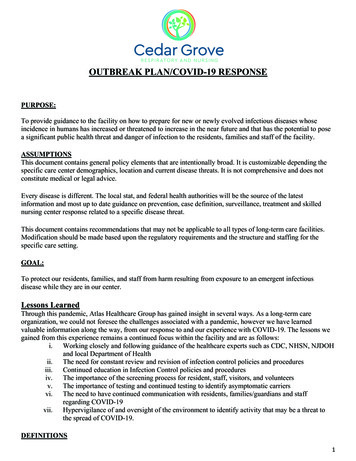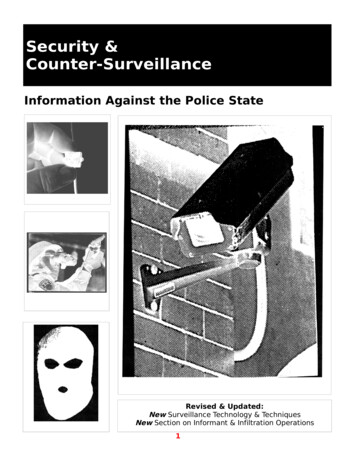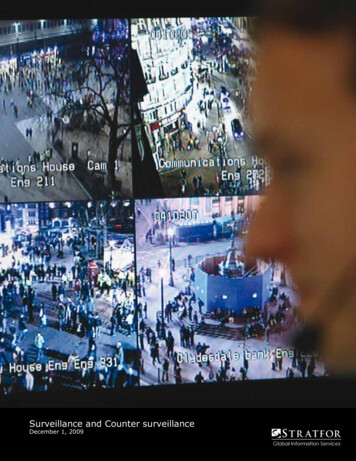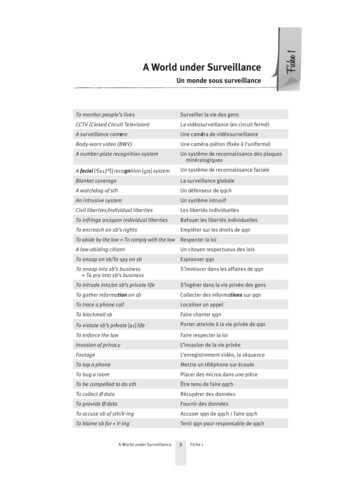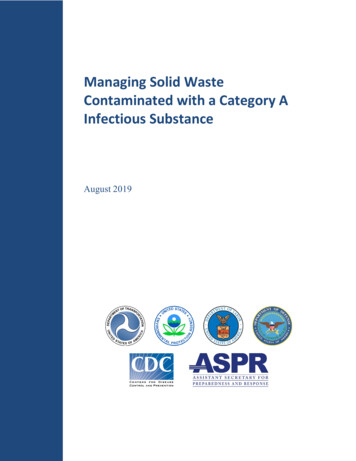
Transcription
SCIENCE CHINALife Sciences REVIEW . . . . . . . . . . . . . . . . . . . . . . . . . . . . . . . . . . . . . . . . . . . . . . . . . . . . . . . . . . . . . . . . . . . . . . . . . . . . . . . ance of emerging infectious diseases for biosecurity1,2†Rongzhang Hao13,4†1,241,2, Yuqi Liu , Wanzhu Shen , Rongtao Zhao , Bo Jiang ,3,4*5*6*Hongbin Song , Muyang Yan & Hui MaDepartment of Toxicology and Sanitary Chemistry, School of Public Health, Capital Medical University, Beijing 100069, China;2Beijing Key Laboratory of Environmental Toxicology, Capital Medical University, Beijing 100069, China;3Academy of Military Medical Sciences, Academy of Military Sciences, Beijing 100850, China;4Chinese PLA Center for Disease Control and Prevention, Beijing 100071, China;5The First Medical Center of PLA General Hospital, Beijing 100853, China;6The Nursing Department of PLA General Hospital, Beijing 100853, ChinaReceived November 4, 2021; accepted January 26, 2022; published online March 4, 2022Emerging infectious diseases, such as COVID-19, continue to pose significant threats to human beings and their surroundings. Inaddition, biological warfare, bioterrorism, biological accidents, and harmful consequences arising from dual-use biotechnologyalso pose a challenge for global biosecurity. Improving the early surveillance capabilities is necessary for building a commonbiosecurity shield for the global community of health for all. Furthermore, surveillance could provide early warning andsituational awareness of biosecurity risks. However, current surveillance systems face enormous challenges, including technicalshortages, fragmented management, and limited international cooperation. Detecting emerging biological risks caused byunknown or novel pathogens is of particular concern. Surveillance systems must be enhanced to effectively mitigate biosecurityrisks. Thus, a global strategy of meaningful cooperation based on efficient integration of surveillance at all levels, includinginterdisciplinary integration of techniques and interdepartmental integration for effective management, is urgently needed. In thispaper, we review the biosecurity risks by analyzing potential factors at all levels globally. In addition to describing biosecurityrisks and their impact on global security, we also focus on analyzing the challenges to traditional surveillance and proposesuggestions on how to integrate current technologies and resources to conduct effective global surveillance.surveillance, biosecurity, early warning, emerging infectious diseaseCitation:Hao, R., Liu, Y., Shen, W., Zhao, R., Jiang, B., Song, H., Yan, M., and Ma, H. (2022). Surveillance of emerging infectious diseases for biosecurity. SciChina Life Sci 65, ionThe COVID-19 pandemic is still impacting the world, andhuman beings are experiencing the most serious globalpublic health crisis since World War II. Since medicaltechnology and sanitary conditions have been greatly improved and popularized in modern society, emerging infectious diseases (EIDs) have caused great disasters for†Contributed equally to this work*Corresponding authors (Hui Ma, email: mahui-28@163.com; Muyang Yan, email:yanmy301@sina.com; Hongbin Song, email: hongbinsong@263.net)human survival and social development. This makes peoplefeel the significance of biosafety. In the 21st century, thesubject of global infectious disease transmission and how tomitigate associated risks has become an intensely discussedtopic. In 2001, the intentional release of anthrax in the UnitedStates (US) changed the world. Similarly, the emergence ofEbola in West Africa in 2014 and the Democratic Republic ofthe Congo in 2018 resulted in over 11,000 and 2,000 deaths,respectively (Eurosurveillance Editorial, 2019; https://apps.who.int/gho/data/node.ebola-sitrep). Furthermore, thesebiosecurity issues primarily affected the related countries,
These biosecurity issues are important part of global security because the world is a community with a shared future. All the countries are in one world with one health intimately connected with each other in biosecurity. Thus, we should monitor and prevent major biosecurity risks in a timely manner and build a strong biosecurity system accordingly
